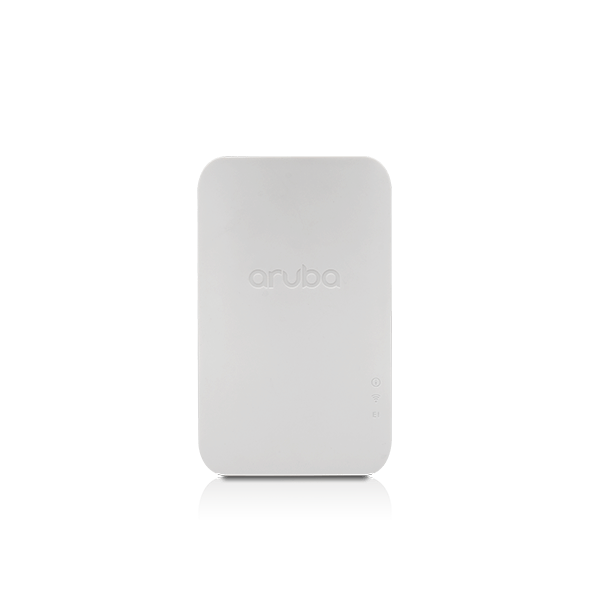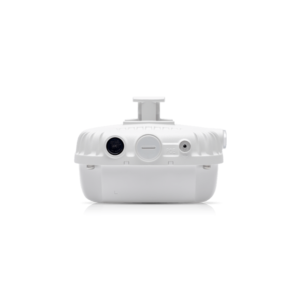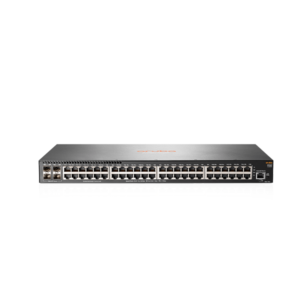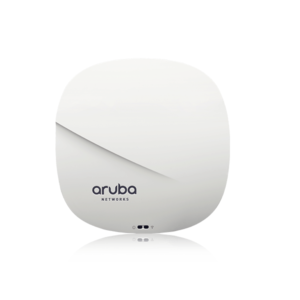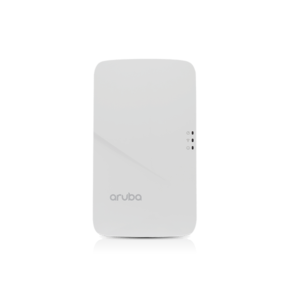Description
Overview
This compact access point ensures the most cost-effective Wi-Fi connectivity for indoor premises including hotel rooms, dormitories, small offices and remote workstations. It’s software configurable to operate in either 1×1 dual radio mode, or 2×2 single radio mode.
Powered by PoE, it minimizes power consumption with rich features that further facilitates a highly efficient and reliable wireless network, and combines wireless and wired access in a single compact device.
This AP can be easily mounted to a standard data wall-box using the existing structured cabling system or converted to a desk mounted AP using an optional mounting kit.
| AP-203H SERIES SPECIFICATIONS |
|---|
|
| WI-FI RADIO SPECIFICATIONS |
|---|
|
| WI-FI ANTENNAS |
|---|
|
| OTHER INTERFACES |
|---|
|

